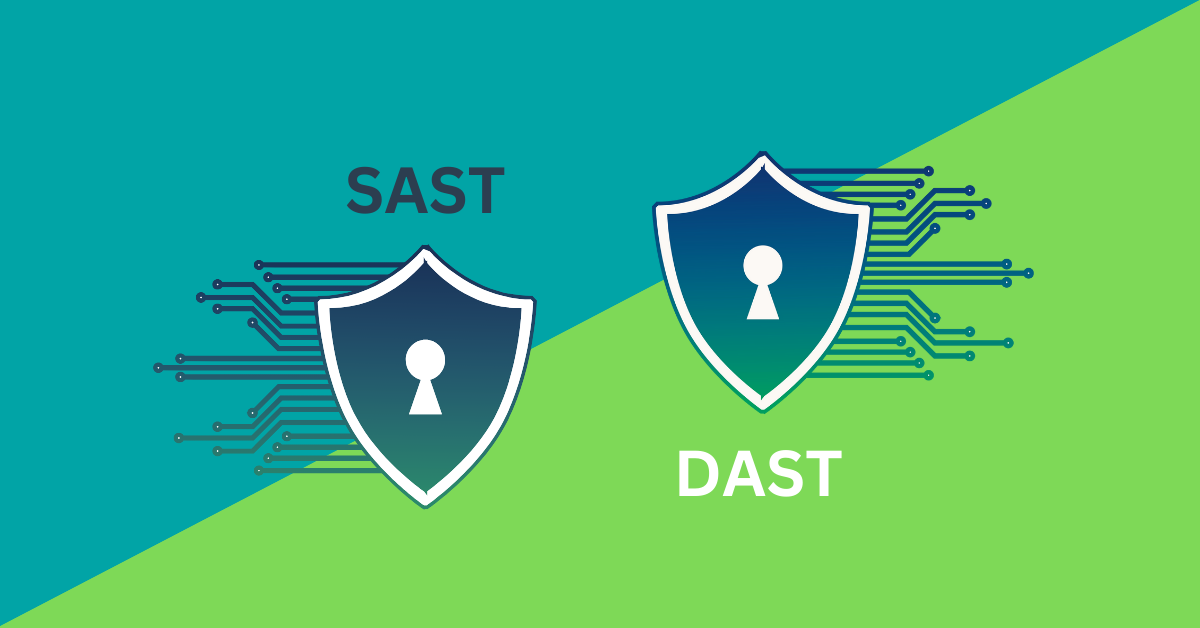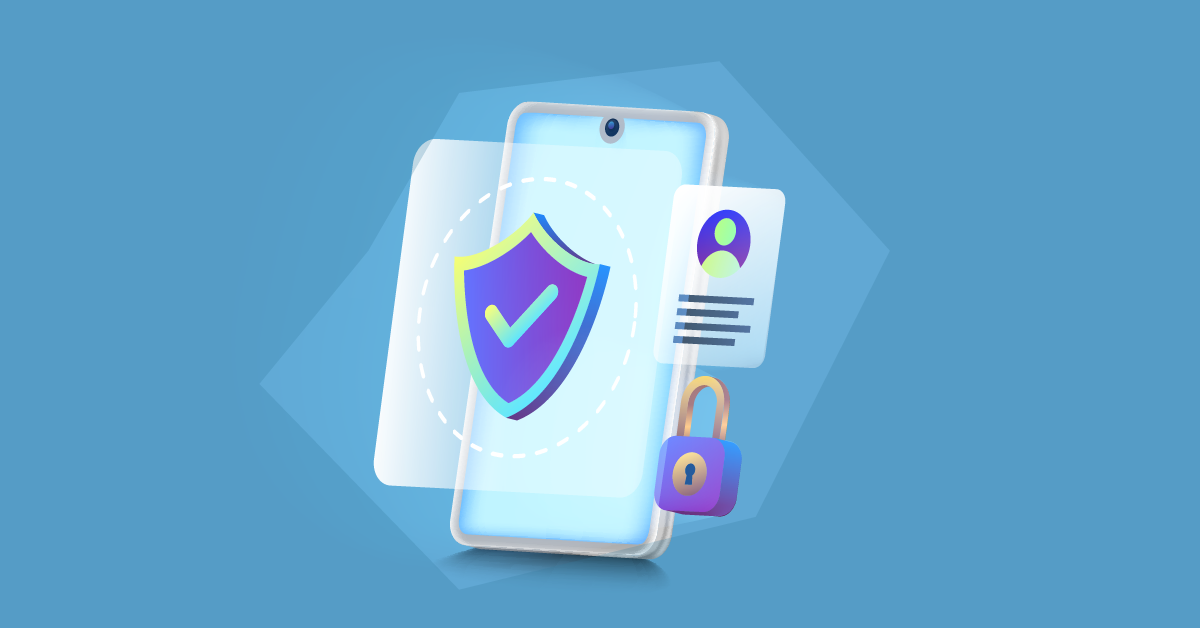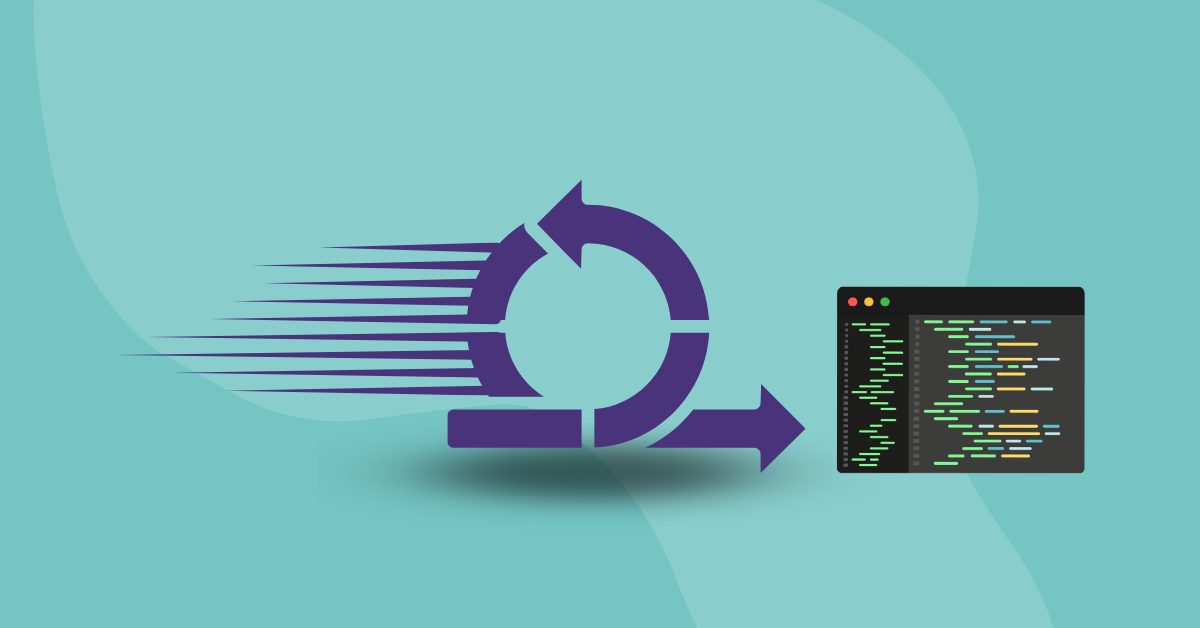

People want choices in how they access online services. They expect to be able to log into a website if they’re on their computer or download an app to their smartphone for convenience. Businesses today are responding to this demand for multichannel options by offering applications in various formats, including mobile and web. Regardless of which format developers use to develop an application — or if they use both — static application security testing (SAST) is essential to a comprehensive cybersecurity approach.
SAST tools analyze an application’s source code — the byte or binary code — to identify vulnerabilities. Unlike other tools, such as dynamic application security testing (DAST), which tests the application in the runtime environment, SAST analyzes the code so developers can find flaws early in the software development lifecycle (SDLC). DevSecOps teams can implement shift-left practices that are aligned with all significant cybersecurity frameworks.
SAST tools scan an app’s codebase for flaws such as SQL injection, cross-site scripting (XSS), buffer overflows, and other vulnerability patterns. They find them by matching the code against known vulnerability patterns and then reporting their findings. Some tools, such as Kiuwan Code Security, can immediately remediate some vulnerabilities.
SAST tools help you help developers follow best practices and secure code at every stage of the SDLC.
Developers can use SAST tools early in the development process, long before deploying and committing code to the codebase. These tools can find flaws early, allowing you to remediate them quickly and cheaply before they become an issue.
SAST covers the entire codebase by analyzing all code paths and execution flows. Since SAST tools use pattern matching to compare code against a database of known vulnerabilities, they can uncover a wide range of flaws. This thoroughness allows SAST tools to identify issues otherwise missed by manual reviews or DAST, providing a comprehensive security posture for the application.
SAST supports DevSecOps best practices and promotes a culture of cybersecurity awareness throughout the SDLC. It works within the continuous integration/continuous delivery (CI/CD) pipeline. Developers can automatically trigger scans with every code commit or build for immediate feedback. Continuous testing keeps security at the forefront of developers’ minds and creates secure applications from the ground up.
Even if the same company develops mobile and web apps for their services with the same features, the security risks and requirements will significantly differ. Understanding the differences will help DevSecOps teams more effectively implement SAST in each environment.
Its architecture is the fundamental difference between a web app and a mobile app. Mobile applications are installed on a user’s device for offline use, while web applications are stored on servers and accessed through browsers.
Mobile applications are developed for specific operating systems using OS-specific languages. Web apps primarily use common languages such as JavaScript and HTML alongside frameworks such as Angular, React, or Vue.js. SAST tools for mobile apps need to be able to operate within a specific environment, which can be more fragmented compared to web environments.
Mobile applications can collect more user data than web applications, posing more security concerns. They can tap into a phone’s OS and collect biometric, location, audio, and visual data.
Mobile apps also reveal their code to the public. Anyone who downloads a mobile app can inspect its code using open-source tools. Web applications run primarily behind firewalls, so users don’t have direct server access.
In general, mobile apps are much more difficult to secure since developers need to protect against a broader attack surface, including insecure data storage, improper use of cryptographic APIs, and vulnerabilities in the app’s binary code that could lead to reverse engineering.
However, web applications are more vulnerable to attacks like SQL injection, XSS, cross-site request forgery (CSRF), and session management vulnerabilities. SAST tools that scan web apps will target these threats and ensure the code that handles user input and interaction is secure.
When developers work on mobile application security, they must use SAST tools that integrate directly into mobile-specific integrated development environments, such as Xcode or Android Studio. They must also consider how the app interacts with the user’s OS and hardware.
In web apps, SAST tools integrate into the web environment and the CI/CD pipeline. They focus on securing code that interacts with web servers, user input, and databases.
In both settings, developers should frequently perform SAST testing. As a general guideline, SAST tests should be run throughout the SDLC at regular intervals and specific milestones, including:
SAST should be an integral part of every DevSecOps team’s workflow, but there are some things they should be aware of when using these tools. One issue developers may run into is false positives. The SAST tool may flag vulnerabilities where there are none, leading to wasted time and effort that could slow down the build process. They can reduce false positives by fine-tuning the tool’s settings and maintaining updated rule sets.
While a SAST tool is valuable to application security, it’s only one tool. Development teams must take a multi-tiered approach to security, including DAST tools, manual code reviews, Security as Code, and a shift-left mindset.
Kiuwan Code Security makes security an integral part of your SDLC. It’s fully customizable, so you can set up dashboards and functionality to suit your needs. It supports many languages and IDEs to work with mobile and web applications. Reach out today for a free demo to learn how to elevate security at every stage of development with Kiuwan.


